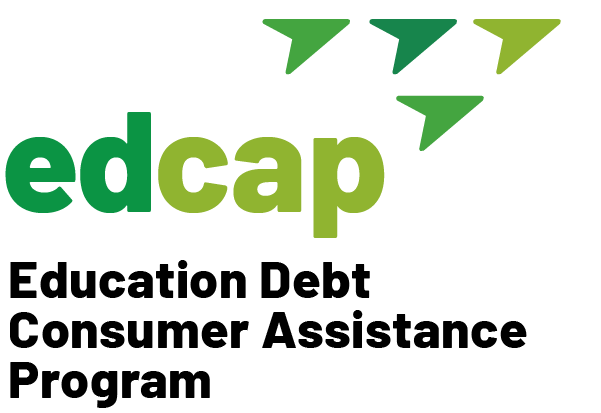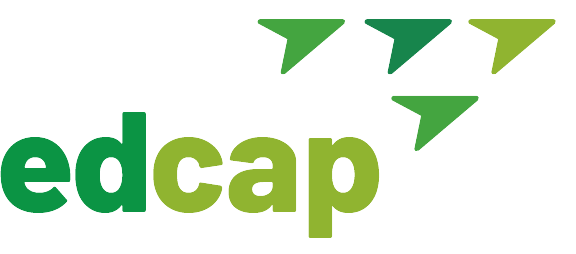Overview
Parent PLUS loans are federal loans issued and managed by the U.S. Department of Education. These loans are available to parents of dependent undergraduate students, are unsubsidized, have a fixed interest rate.
Managing Parent Plus Loans Upon Disbursement
Know Your Student Loan Servicer
If you have a Parent PLUS loan, a designated loan servicer manages your account on behalf of the U.S. Department of Education. You can identify your servicer by logging into your studentaid.gov account. It’s essential to create an account with your servicer and regularly monitor your loans to stay informed about your balance, interest rate, and repayment status.
Choose Between Entering Repayment or Deferment
Parent PLUS loans enter repayment 60 days after disbursement, with interest beginning to accrue immediately. Parents can defer payments while the student is in school, but it’s important to carefully consider whether to start repaying right away or defer, as delaying payments can increase the overall cost of the loan.
Tip: Paying the interest while the student is still in school will help prevent it from capitalizing.
Caution: Periods spent in school deferment will not count towards forgiveness programs like Public Service Loan Forgiveness (PSLF) or Income Driven Repayment Forgiveness (IDRF).
Know About the 10-Year Standard Repayment Plan
When federal student loans, including Parent PLUS loans, enter repayment, they are automatically placed in the 10-year standard repayment plan. Under this plan, your payments are calculated based on your loan balance, interest rate, and a 10-year repayment period. While you can stay with this plan, you also have the option to switch to a different repayment plan that may better suit your needs or budget.
Determine Your Debt Tackling Strategy
Eliminating Parent PLUS loan debt requires a tailored approach based on your unique circumstances. Key considerations include your total loan balance, income, age, retirement plans, and eligibility for forgiveness.
Choose 1 of 3 Strategies
Accelerated Repayment: Paying off the loans as quickly as possible, if feasible.
Pursuing Forgiveness: Exploring forgiveness options like Public Service Loan Forgiveness, Income-Driven Repayment Forgiveness, or Total and Permanent Disability Discharge.
Minimum Repayment Until Death: Selecting the lowest repayment plan and maintaining it throughout life knowing that federal loans are discharged upon death.
When choosing a strategy, assess affordability, calculate realistic monthly payments, evaluate long-term feasibility, and consider potential income changes in retirement. Your strategy can be revisited and adjusted as needed.
Tip: Determining your strategy will help you to make an informed decision about your repayment plan. Once your strategy is clear, you’ll be able to identify the repayment plan that best aligns with your goals.
Refer to our Repayment Strategies & Plans page to explore your options or use our self-guided tool to determine your strategy.
Understand Your Repayment Plan Options
Traditional Repayment Plans
Standard Repayment Plan (10 years in repayment): Fixed monthly payments calculated to pay off the loan within 10 years. This plan typically results in the lowest total interest paid but requires higher monthly payments.
Graduated Repayment Plan (10 years in repayment): Payments start lower and gradually increase every two years. This plan is ideal for borrowers who expect their income to rise over time.
Extended Repayment Plan (up to 25 years in repayment): Available for borrowers with more than $30,000 in outstanding Direct Loans. Payments can be fixed or graduated, extending the repayment period and lowering monthly payments, but increasing the total interest paid.
Consolidating your loans may extend your repayment period. Review our Repayment Strategies & Plans to learn more about traditional plans.
Income Driven Repayment plans
Income Contingent Repayment (ICR) (25 years in repayment). This is the only Income-Driven Repayment plan available to Parent PLUS borrowers, but only if they first consolidate their Parent PLUS loans into a Direct Consolidation Loan. Payments are the lesser of 20% of discretionary income or what you would pay on a fixed 12-year plan, adjusted according to your income.
Review our Repayment Plan Options section to learn more about IDR plans.
If you are pursuing Public Service Loan Forgiveness (PSLF) or Income Driven Repayment Forgiveness (IDRF), you will be required to pay under the Income Contingent Repayment plan. You will need to consolidate Direct Parent Plus to access ICR. Get help to understand the process.
If you’re married, consider filing your taxes separately to lower your payment in the ICR plan.
Caution: If you have your own student loans and Parent Plus loans, if you consolidate them together, the only plan available will be ICR. Seek advice before consolidating.
Here are some reasons why Parent PLUS loans pose significant challenges:
High Interest Rates
Parent PLUS loans typically carry the highest interest rates among all federal student loans, often exceeding 7%. (The interest rate on Parent Plus loans for the academic year 2024-2025 is 9.08%). But Parent Plus loans are still a better option than private loans in general as they have more payment and forgiveness options.
Limited Repayment Options
These loans are eligible for traditional repayment plans, which may require higher monthly payments. Additionally, Parent Plus borrowers are only eligible for one Income-Driven Repayment (IDR) known as the Income Contingent Repayment Plan (ICR). To qualify for the ICR plan, borrowers with Direct Parent PLUS loans must first consolidate them into a Direct Consolidation loan.
Challenges with Forgiveness Programs
Enrollment in the ICR plan is a requirement for federal forgiveness programs like Public Service Loan Forgiveness and Income-Driven Repayment Forgiveness. However, the ICR plan may become unaffordable for many parents, especially those with higher incomes. As a result, there may be limited or no forgiveness by the time all repayment requirements are satisfied.
Parent Plus Loans Are Eligible for PSLF
Things to Know About PSLF and Parent Plus Loans
Consolidation Required: Parent PLUS loans must be consolidated into a Direct Consolidation Loan to qualify.
ICR Plan: After consolidation, you can only use the Income-Contingent Repayment (ICR) plan, which bases payments on 20% of discretionary income or a fixed amount over 12 years.
120 Payments: You need to make 120 qualifying payments under the ICR plan while working full-time for a qualifying employer (government or non-profit).
Forgiveness: After 120 payments, any remaining balance is forgiven tax-free. You must submit a PSLF application and Employment Certification Forms (ECFs) to track your progress. You can use the PSLF Help Tool to submit the form and you can track your progress via studentaid.gov.
Married Borrowers: You may be able to reduce your ICR payment if you are married and filed separately. You must assess the pros and cons of filing separately.
Caution: Get help to determine if PSLF is right for you. Often, making payments in the ICR plan is cost-prohibitive and/or there is little to nothing to forgive at the end of the 10 years.
Documentation: Keep detailed records and submit annual ECFs to track progress and verify eligibility.







